The long-tailed mockingbird (Mimus longicaudatus) is a species of bird in the Mimidae family. It is found in dry scrubland and woodland in western Ecuador. It is frequently found in gardens and parks—especially in Miraflores and other parts of Greater Lima. It often feeds on the ground, running forwards on relatively long legs. The voice of the long-tailed mockingbird is “a fairly slow-paced series of variable rich whistled notes, churrs, rattles, squawks, and other noises, often with phrases repeated. Calls a throaty “garr!” and rapsing “gaawrr”. An attractive, thrush-like bird, long-tailed mockingbirds for sale have a long, elegant tail which it carries at a pert angle whilst on the ground. Its plumage is made up of grey, cappuccino, and dun coloured feathers. The outer tail feathers are broadly tipped white. Its face has been described as harlequin patterned. The juvenile is duller, with a dark iris, and is spotted or streaked on underparts.
Geography: Western Ecuador to western Peru
Song/Call: Click to hear the Long-tailed mockingbird
Size/Weight: 12″ / 54 to 79 g
Lifespan: Up to 20 years
Sexing: Males are typically larger than females but this is the only determining factor between male and females which makes them difficult to sex.
Diet: Australian Blend Goldenfeast
DNA Testing
If there is no gender option listed for a bird on our website, that particular species is ‘monomorphic’, which means we’re unable to determine gender without purchasing DNA testing. DNA testing is an additional $149 per bird to guarantee preferred gender. DNA testing may add an additional 3-6 plus weeks to estimated delivery time to allow for gender results. See our FAQs for more info.
Temperament: It is relatively confident and rather vocal. It cocks the tail when on the ground and is known for is song.
Breeding: Northern mockingbirds breed in spring and early summer. Their nests are cup-shaped and are made of twigs, cotton, dry leaves, stems, paper, grass and other organic material. The nests are built in shrubs and trees up to 50 feet above the ground. Males choose a territory and then try to attract a female to mate there. There are three courtship displays that males use to attract female. The male may chase the female through the territory while singing, or her may run around on branches, showing the female where a nest could be built. Males also perform a “flight display”. In the “flight display”, males sing while flying a few meters into the air and then falling slowly back down. This display shows off their white wing patches to the female.
Diet: Softbill Diet, Small Bird Mix, Medium Fruit Blend and fresh fruit



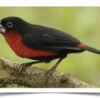



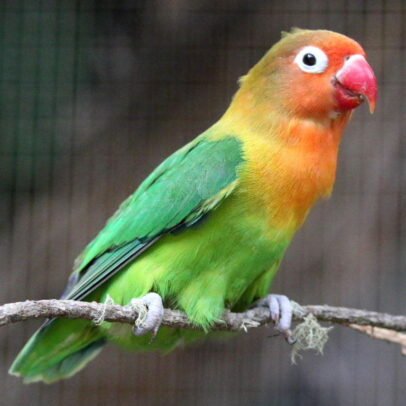
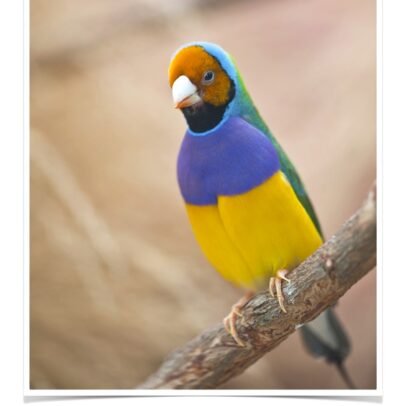

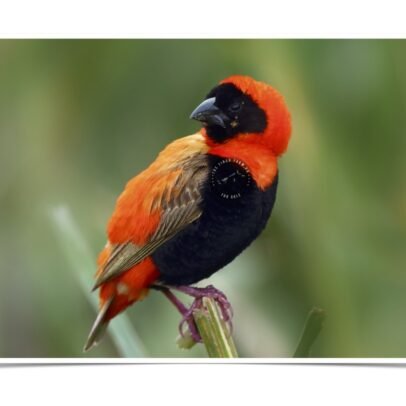
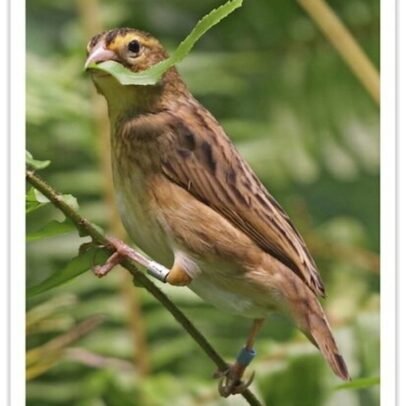
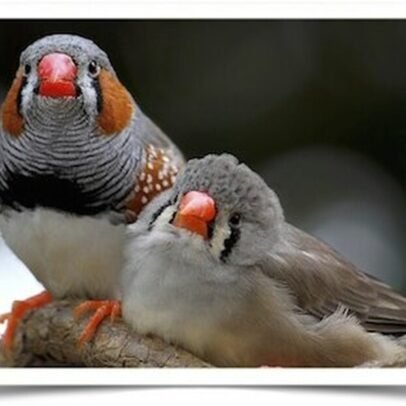

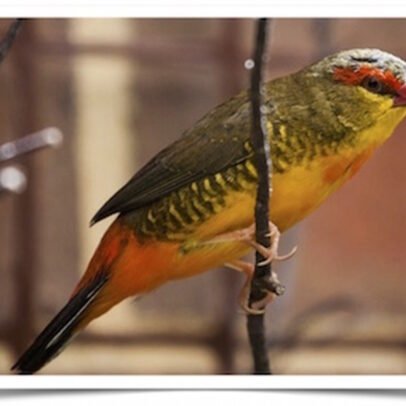

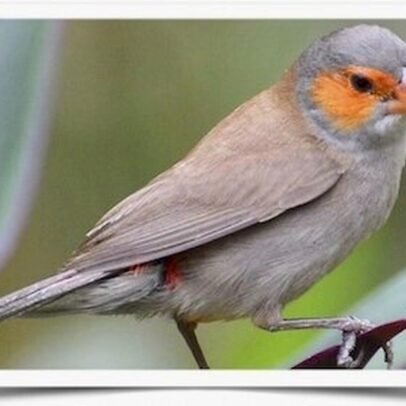
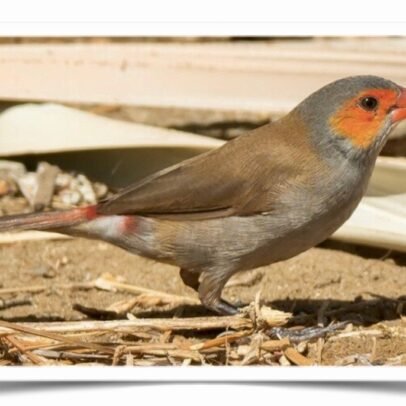


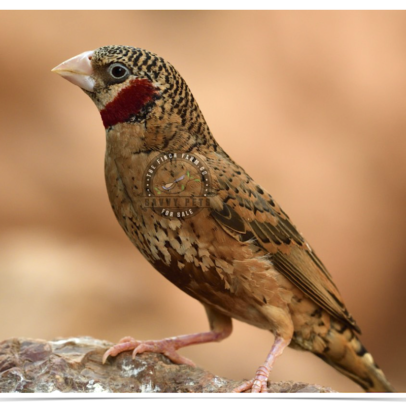
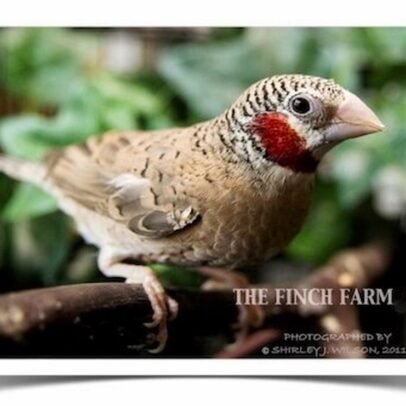

Reviews
There are no reviews yet.